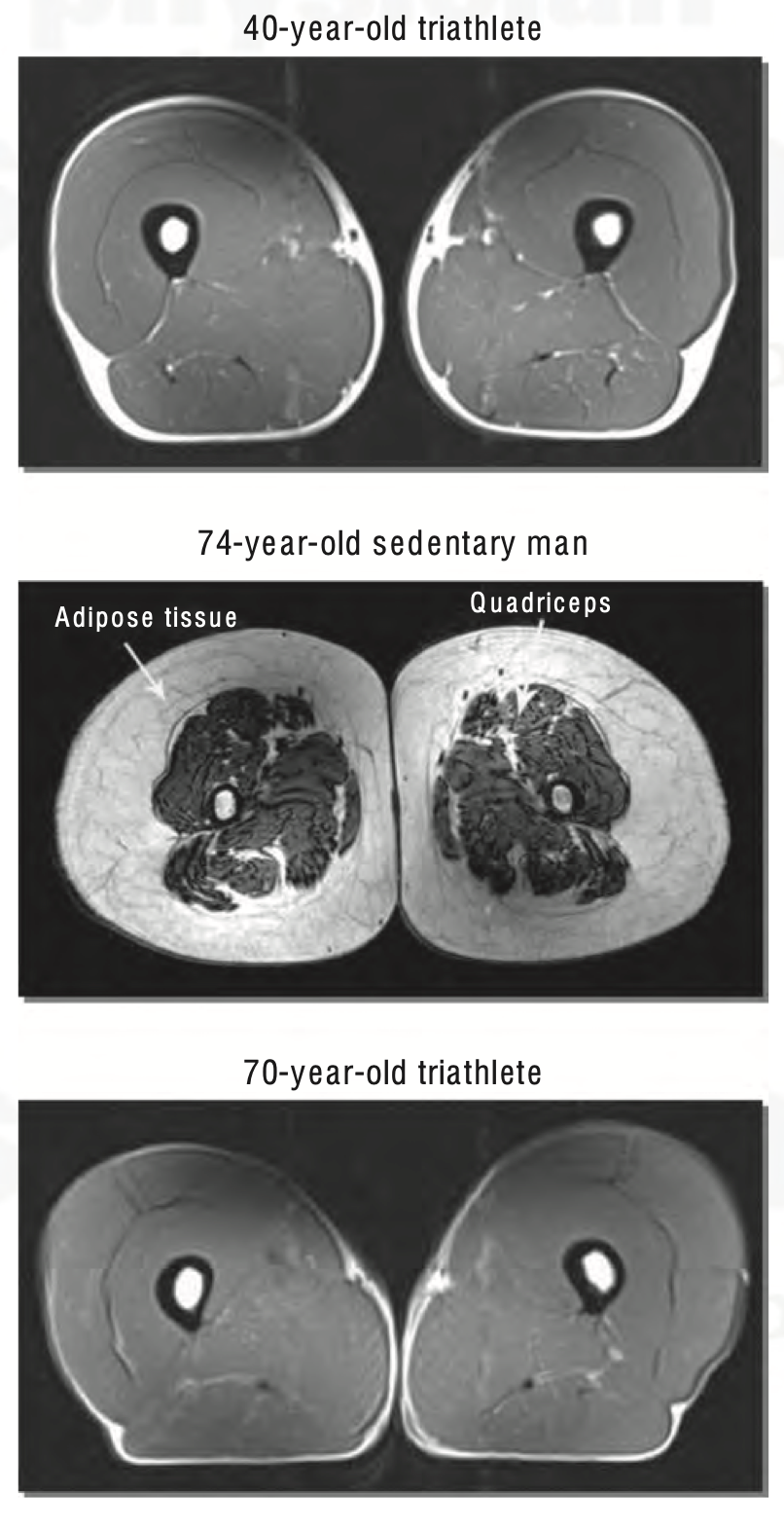Have you ever noticed how people in classic movies and TV shows looked much older than people who are that same age today? It’s a fact that as we get more sophisticated in understanding the science of aging, the definition of old is changing dramatically. How old is old, really?
In 1900 people were considered old in their 40s; just 60 years ago people seemed old in their 60s; but today many do not feel old in their 80’s. We have people in our dance classes who are in their 80’s and you would never know it to look at them. Just this week I enjoyed a couple of social dances with a lovely lady who was celebrating her 94th birthday.
I was somewhat surprised when I learned that Barry “Butch” Wilmore, the astronaut who was stuck on the space station and recently returned to earth, is 62 years old! Last week I was reading about a woman in her mid-70’s who won a world championship race. The article stated that she has the highest VO2 Max every recorded in a person over the age of 50. Is this proof that age is just an idea humanity got used to, and perhaps far less relevant than society has made us believe?
Some 20 years ago, a top health scientist posed an interesting question: “how old would you think you were if you didn’t know how old you are?” The answers tell us more about our state of mind than our actual age or physical condition. The simple fact is that when it comes to running races, whether as short as 100 meters or as long as a full marathon, men and women of 80 take only up to 55% and 110% respectively longer than they did at the age of 40. Yes, they’ve slowed down, but the capacity they’ve lost is not nearly as much as you might think. In 1994, 41-year-old Eamon Coughlan ran the mile in under 4 minutes, a feat that was considered impossible at any age just a few decades earlier. Today, a number of the fastest and strongest cyclists in the world are in their late 30’s, able to remain surprisingly competitive against young athletes aged in their early 20’s!
Our personal trainer Cameron David, who is a regular participant in our dance program, recently shared with me an interesting scientific study that looked into how advances in medical technology, nutrition, and public health have led to a dramatic lengthening of the average lifespan over the past century.
Unfortunately it’s not all good news. Because of sedentary lifestyles, largely the result of modern technology and workplace changes, our population is not necessarily getting fitter. In this post I’ll explore some ways that dance supports the aging process to help keep you limber well into old age.
Naturally, unexpected issues such as disease and injury get in the way. Just because you continue to work at staying fit, there’s no guarantee that you won’t also find yourself eventually struggling to walk up a set of stairs. But given that everything is equal, you could be able to hold your own against people half your age.
What are the key physiological changes affecting performance with age?
A number of physical realities impact us as we grow older. Body fat composition, which at age 20 ranges from 12-16% in men and 23-28% in women, rises steadily to some 19-26% and 28-38% respectively by age 60-70, while lean body mass declines. We tend to lose a bit of height. The ‘rete pegs’ that anchor the outer layer of skin to the dermis underneath, shorten with age, making older athletes increasingly susceptible to blister formation and skin trauma. The skin cells producing melanin diminishes slowly, and the cutaneous inflammatory response also diminishes.
Cardiovascular capacity decreases by about 250ml per decade. The elasticity of the pulmonary support structures diminishes, which means that the effort of breathing can double from 10% of your energy “cost” in your 20’s to as much as 20% when you reach your 60’s.
Because the number of pulmonary capillaries declines, you become more sensitive to carbon dioxide in your blood. Maximum heart rate declines by some 40 beats per minute between 20 and 60.
Thanks to genetics, I’ve been fortunate to see very little decline in my cardiovascular capacity. A lifetime of rigorous cardio fitness has certainly helped. My VO2 Max remains exceptionally high (a recent test found that it matches a typical male 20 years younger), and I can routinely maintain a maximum heart rate of 200 beats per minute while cycling up a steep incline.
Slowing and even reversing the aging process
The good news is that while we will inevitably slow with age, we can arrest the process and in some cases even reverse it.
One of the primary components in maintaining high fitness levels is flexibility. I’ve previously written about stability, which is closely related.
Flexibility is the range of motion available in a joint, such as the hip, or a series of joints such as the spine. Flexibility is sport specific. Dancers will have a very different range of flexibility than would runners or gymnasts.
Flexibility can be divided into two components: Static and Dynamic. Static Flexibility is the range of motion that doesn’t consider speed of movement. Think of a Throwaway Oversway in Waltz for example. Dynamic Flexibility is the range of motion produced at a desired velocity. Think of the Mooch Kicks in Jive.
When you have good flexibility, the joints can improve their range of motion. This helps prevent injury, as well as improving posture and ergonomics of dance. You’ll also improve motor performance and the execution of skill in your dancing.
Of course, flexibility is affected by muscle contraction, which is affected by your capacity for stretching. Whenever you stretch, something else contracts. The two are linked. As any muscle is rapidly stretched, a receptor known as a “spindle” causes the muscle to reflexively contract.
Training Plan for Ballroom Dancers
Here’s a training plan tailored for ballroom dancers aged 50 and up, that focuses on flexibility, strength, endurance, and injury prevention.
As always, never participate in a training program of this type without first consulting with your doctor or health professional, as your capacity for performing any of these exercises will depend on your level of fitness, and any injuries of physical limitations you have.
1. Warm-Up & Mobility (10-15 minutes daily)
Prepares the body for movement, improves joint mobility, and prevents stiffness.
Exercises:
Neck & Shoulder Rolls – Loosen upper body tension.
Hip Circles & Leg Swings – Improves hip mobility for turns and extensions.
Ankle Rolls & Toe Taps – Helps with balance and prevents foot cramps.
2. Flexibility & Balance (15 minutes, 3-4x per week)
Maintains range of motion for smooth movement and prevents stiffness.
Key Stretches:
Standing Quad Stretch – Prevents knee stiffness.
Seated Hamstring Stretch – Helps with stride length and knee extension.
Hip Flexor Stretch (Lunging Position) – Essential for Latin hip movement.
Seated Spinal Twists – Aids posture and graceful arm movements.
Balance Drills:
Single-Leg Stands (30s per leg) – Enhances stability for spins.
Heel-to-Toe Walk – Improves control during step transitions.
3. Strength Training (2-3x per week, 30 minutes)
Helps maintain posture, frame, and control during movement.
Lower Body:
Bodyweight Squats (2 sets of 12 reps) – Strengthens legs for footwork. Hold on to supporting bands to reduce the weight if you are new to this.
Calf Raises (2 sets of 15 reps) – Helps with toe pointing and stability as well as rise and fall.
Core & Upper Body:
Plank (Hold 20-30s, 2 reps) – Builds core strength for balance.
Wall Push-Ups (2 sets of 10 reps) – Maintains upper body frame.
4. Endurance & Cardio (3-4x per week, 30-45 minutes)
Ballroom dancing requires sustained energy, so cardiovascular fitness is key.
Options:
Walking – Improves stamina for walking dances such as Waltz & Foxtrot. By adjusting the speed to your level of fitness, you can increase your flexibility of leg capacity.
Interval Training (1-minute fast, 2-minute slow) – Prepares for tempo changes in dance.
Low-Impact Dancing to Music – Practicing actual dance moves is the best cardio!
5. Cool-Down & Recovery (10 minutes post-exercise)
Deep Breathing & Shoulder Rolls – Reduces tension.
Gentle Yoga or Stretching – Prevents soreness.
Hydration & Nutrition – Supports muscle recovery.
Bonus: Dance-Specific Practice (2-3x per week, 45-60 minutes)
Footwork Drills – Perfects movement precision.
Posture Exercises (Dancing with a book on your head!) – Improves frame.
Partner Drills – Enhances leading/following skills.
Listen to your body! Modify your intensity as needed. Never push to the point of injury. Cross-train to involve additional muscles and supporting joints and ligaments. Yoga or Pilates can enhance flexibility and strength. Most of all, have fun! Consistency is key, but enjoyment makes training sustainable.
The post How old is old? Is aging really inevitable? first appeared on Delta.Dance.


